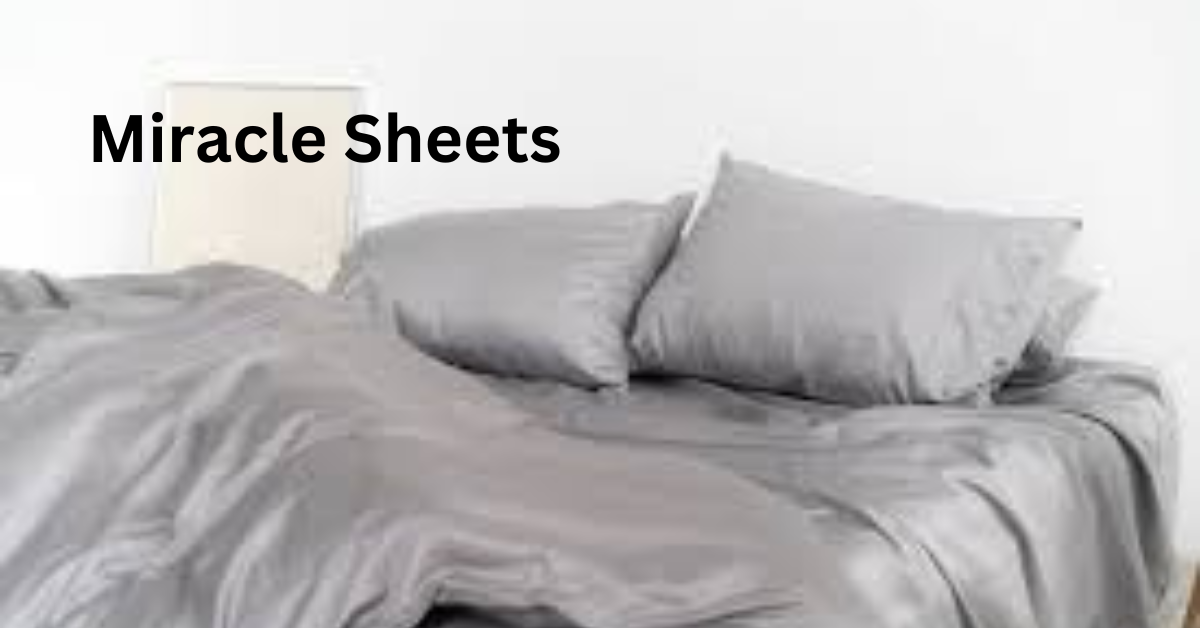What is Eco Brutalism?
Eco Brutalism is an architectural style that combines the raw, geometric forms of Brutalism with sustainable design practices, including the use of eco-friendly materials and the integration of green spaces.
The Origins of Brutalism
Brutalism, which gained prominence in the mid-20th century, is characterized by its stark, geometric designs and the use of raw concrete. The term “Brutalism” is derived from the French word “béton brut,” meaning “raw concrete.” Architects like Le Corbusier and the Smithsons pioneered this style, aiming to create honest, unpretentious structures that emphasized functionality over ornamentation.
The Emergence of Eco Brutalism
Eco Brutalism emerged as a response to the growing environmental awareness and the need for sustainable development. It takes the foundational elements of Brutalism—such as exposed concrete and bold structural forms—and incorporates eco-friendly practices. This movement focuses on reducing environmental impact through the use of sustainable materials, energy-efficient designs, and the integration of green spaces.
Core Principles of Eco Brutalism
1. Sustainable Materials
Eco Brutalism prioritizes the use of materials that have a lower environmental impact. This includes recycled concrete, timber, and other sustainable resources. By choosing these materials, architects can significantly reduce the carbon footprint of their projects.
2. Energy Efficiency
Energy-efficient design is a cornerstone of Eco Brutalism. This involves using passive solar design, natural ventilation, and insulation to minimize energy consumption. Additionally, renewable energy sources like solar panels and wind turbines are often incorporated into these structures.
3. Integration with Nature
One of the most distinctive features of Eco Brutalism is its seamless integration with nature. This can be seen in the use of green roofs, vertical gardens, and natural landscaping. These elements not only enhance the aesthetic appeal of the buildings but also contribute to biodiversity and the reduction of urban heat islands.
4. Minimalist Aesthetic
While Eco Brutalism retains the minimalist aesthetic of traditional Brutalism, it softens the harshness with natural elements. The combination of concrete and greenery creates a unique visual contrast that is both modern and organic.
5. Raw Aesthetic
The raw, unrefined aesthetic of Brutalism is maintained in Eco Brutalism, celebrating the honesty of materials and construction. Exposed concrete, steel, and wood are common, showcasing the natural beauty of these materials without excessive ornamentation.
6. Functional Design
Eco Brutalism focuses on functional, practical design that meets the needs of its users. Spaces are designed for versatility, efficiency, and ease of use, ensuring that the buildings serve their intended purpose effectively while minimizing waste.
8. Community and Social Considerations
Eco Brutalism often incorporates social and community-focused elements, promoting shared spaces and communal living. This principle encourages the creation of public spaces, communal gardens, and other features that foster community interaction and well-being.
Future Prospects of Eco Brutalism
As environmental concerns continue to rise, the principles of Eco Brutalism are likely to gain more traction. Advances in sustainable materials and technologies will make it easier and more cost-effective to implement Eco Brutalist designs. Additionally, the growing emphasis on green urban planning will support the integration of nature into urban environments.
Conclusion
Eco Brutalism represents a forward-thinking approach to architecture that addresses the pressing need for sustainability while retaining the bold aesthetics of Brutalism. By integrating natural elements and prioritizing energy efficiency, Eco Brutalist structures offer a harmonious blend of nature and urban development. As we move towards a more sustainable future, Eco Brutalism provides a compelling blueprint for creating resilient and environmentally friendly urban spaces.
FAQs
Can Eco Brutalism be applied to residential buildings?
Absolutely. Eco Brutalism can be adapted to residential buildings by using sustainable materials, energy-efficient designs, and integrating greenery to create healthy living environments.
What is the future of Eco Brutalism?
The future of Eco Brutalism looks promising as environmental awareness grows and sustainable technologies advance, making it easier to implement eco-friendly designs in urban planning.




